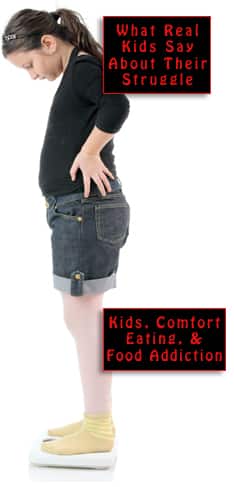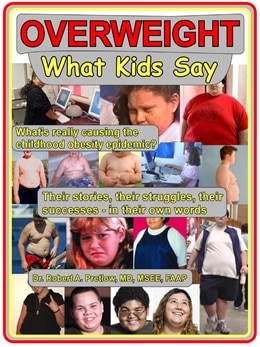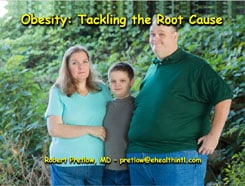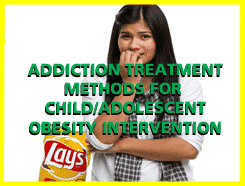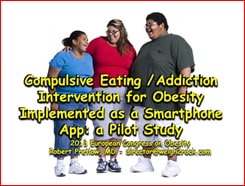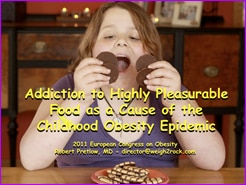Eliminate Stress, Create Love

Almost every helpful hint that has been mentioned here in a specific winter holiday context is perfectly adaptable all year round, and this is especially true of the caveats for hosts and guests. We have previously quoted Amy Meyers, M.D., who has a lot to say about expectations, and every bit of it is worth repeating and elaborating upon.
First, “Anticipate something will go wrong.” An important gift that you ordered will not be delivered on time for the birthday. The furnace will conk out and everyone will have to eat dinner in their overcoats. Let’s not depress ourselves by imagining the myriad possibilities. All we can do is our best, with a smile on our face, and the anticipation of making this into a funny story some day in the future. If nothing does go wrong, that’s just an extra bonus! But something probably will. Having a reasonable expectation of it will help alleviate the sting just a bit.
Think ahead
Next, Dr. Meyers recommends another reasonable expectation: that after a big event, whether you hosted or guested, you will probably feel “rode hard and put away wet” or some other version of exhausted. So, best not to schedule anything too strenuous, like a meeting with your tax advisor, for the next day. Clever planning can go a long way toward preserving sanity.
And remember: Other people’s vague, unvoiced notions about what you are supposed to do are not your concern, no more than your own inchoate expectations of their behavior. “Roll with the punches (metaphorically speaking, of course) is always a good rule. As a concise and universal principal, Dr. Meyers has this to say:
Focus on what you can control — your time and yourself.
Now, how about some details in the realm of stress prevention for yourself and others? When preparing to host an occasion, sanitize and organize the inside of your refrigerator. Everyone expects countertops and sink areas to be reasonably clean, but a pristine fridge interior will make a lasting positive impression.
And then, clean up as you go along. It should be a process, not an event. Leaving a big mess for yourself to deal with the day after will just make you want to lie down for a two-week nap.
More bright ideas
Writer Samantha Lande reminds us to scrub any and all bathrooms, and offers explicit instructions, especially for people who were raised in households where this basic function was neglected.
Here is a fabulous tip for the sort of big dinner where people will be taking leftovers home. Get hold of some securely closing containers, the disposable kind, so your guests will not be weighed down by the obligation to return them. This is the type of low-key, unspectacular, considerate action that identifies you as an exceptional host. Better yet, if you’d like to be remembered as a treasured, stress-preventing guest, bring along an assortment of these containers as a gift for your hosts.
Your responses and feedback are welcome!
Source: “Tips for Gut-Healthy, Stress-Free Holidays,” AmyMyersMD.com, undated
Source: “8 Things to Clean Before Company Comes,” AARP.org, 12/07/22
Image by Pat Hartman










 FAQs and Media Requests:
FAQs and Media Requests: 